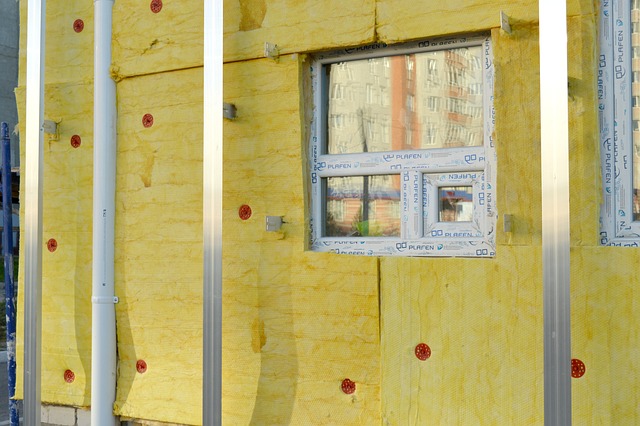Rising to New Heights: The Emergence of Airborne Wi-Fi Technology
Introduction Imagine this: soaring through the sky at 30,000 feet and streaming your favorite Netflix series without a hitch. This is no longer a flight of fancy but a reality with the rising popularity of airborne Wi-Fi technology. This article takes you through the journey of this groundbreaking tech, its current status, and its potential market impact.

A Blast from the Past: The Journey of In-Flight Connectivity
Decades ago, the idea of in-flight connectivity was as alien as the concept of flying itself. Early attempts at providing in-flight communication started with Airfone, a telephone service introduced in the 1980s by GTE. However, it was hugely expensive and had limited functionality, making it far from ideal.
In the mid-2000s, the first in-flight Wi-Fi, Connexion by Boeing, was introduced. Although it was revolutionary at its time, the service was costly and had a low data speed, leading to its discontinuation. However, it set the stage for the future of airborne Wi-Fi.
Fast forward to today, and we have companies like Gogo and ViaSat providing robust in-flight Wi-Fi services. These advancements are a result of the development of satellite and air-to-ground technologies.
Taking to the Skies: Current Developments in Airborne Wi-Fi
Today, airborne Wi-Fi is not a luxury but a necessity for many travelers. The bar has been raised by airlines like Delta and JetBlue, which offer free in-flight Wi-Fi on select routes. The driving force behind this is the rapid advancement in satellite technology, which has enabled faster speeds and broader coverage.
One of the key players in this domain, Gogo, recently announced a new technology called Gogo 5G, which promises to deliver unprecedented speeds. Another major player, ViaSat, has also been making strides with its next-generation satellite, ViaSat-3, which aims to provide global coverage.
Sky High Prices: The Economic Impact of Airborne Wi-Fi
The market for in-flight Wi-Fi is projected to reach $6.74 billion by 2026, according to a report by Fortune Business Insights. This growth is driven by the rising demand for in-flight connectivity and entertainment from passengers.
While some airlines offer Wi-Fi for free, others charge a fee, which varies based on the duration and quality of service. For instance, Gogo charges between $7 and $50 per flight, depending on the package.
The Future of Airborne Wi-Fi
The future of airborne Wi-Fi looks promising. With advancements in technology, we can expect faster speeds, lower costs, and global coverage in the coming years. This will not only improve the in-flight experience for passengers but also open up new revenue streams for airlines.
As we continue to push the boundaries of what’s possible in the sky, one thing’s for sure: the era of being disconnected while flying is coming to an end.




